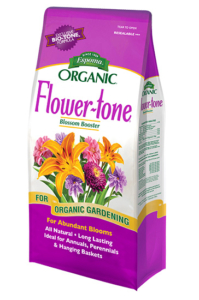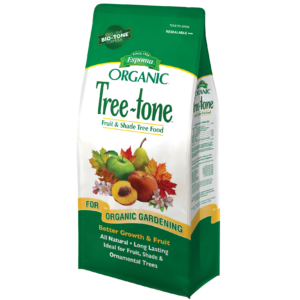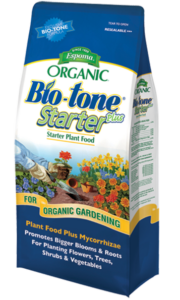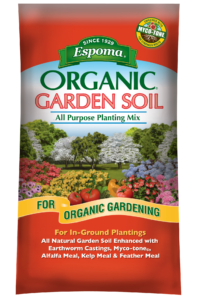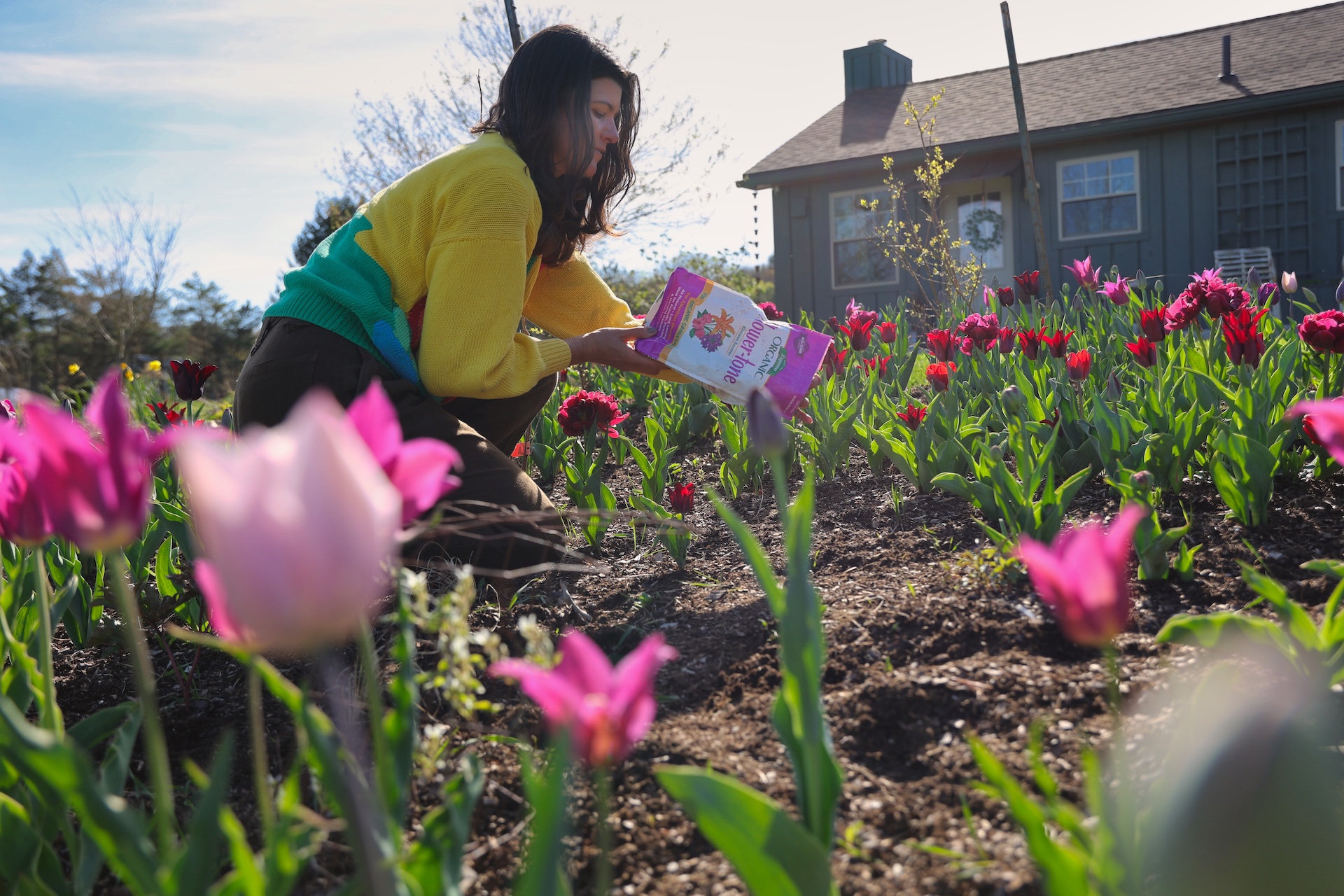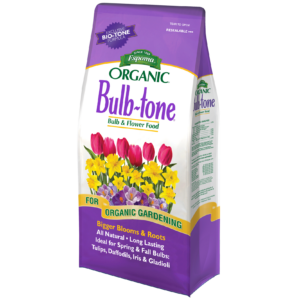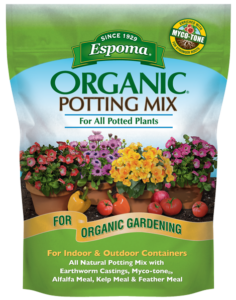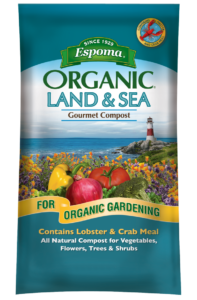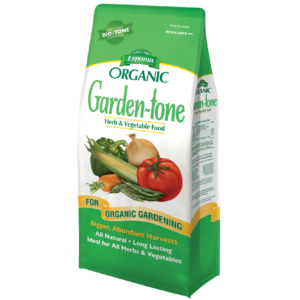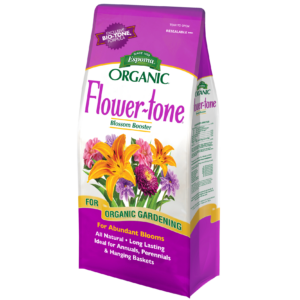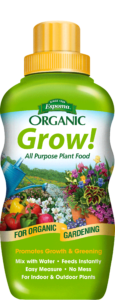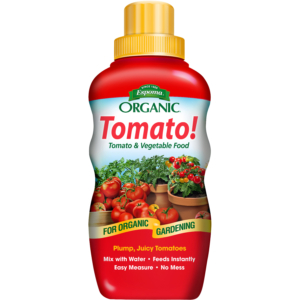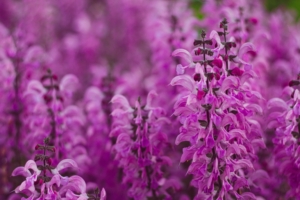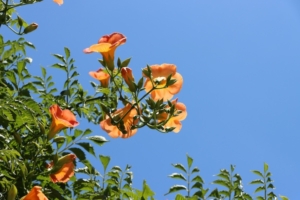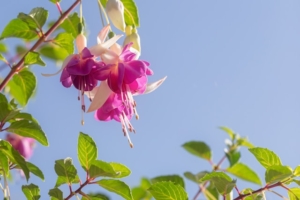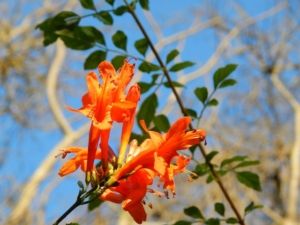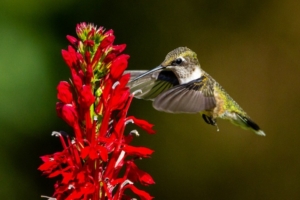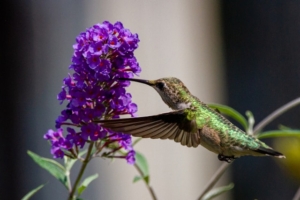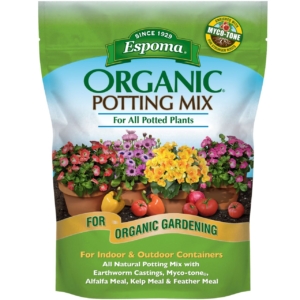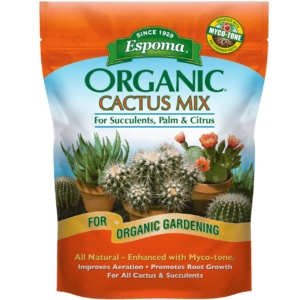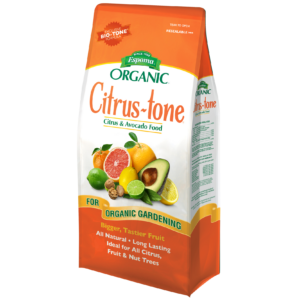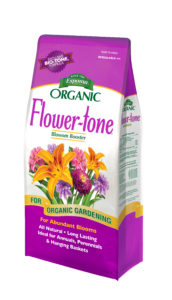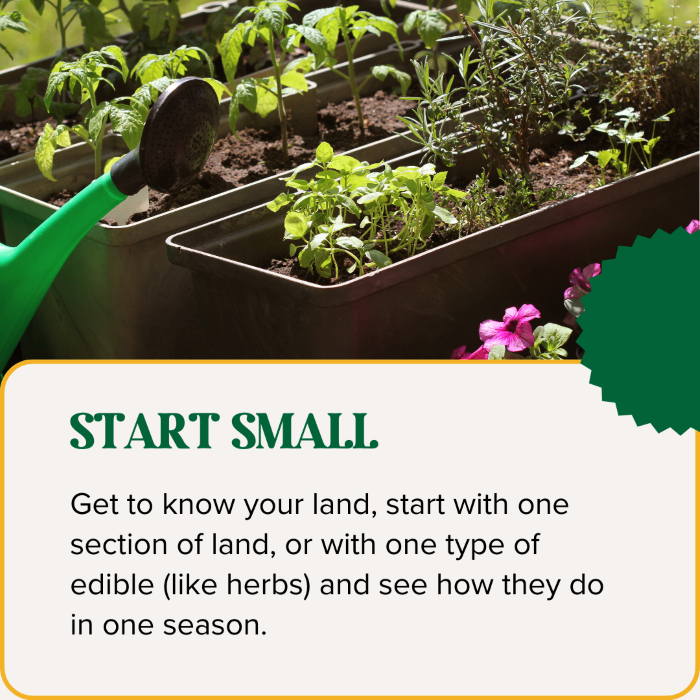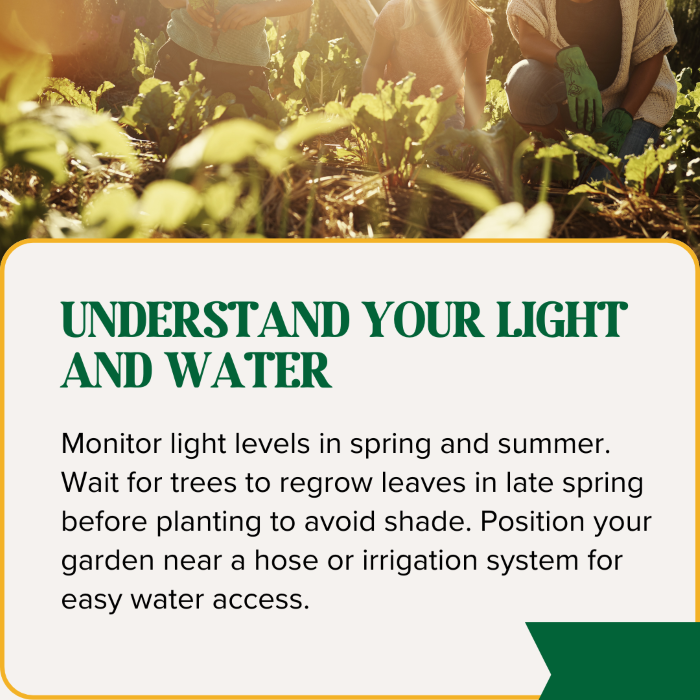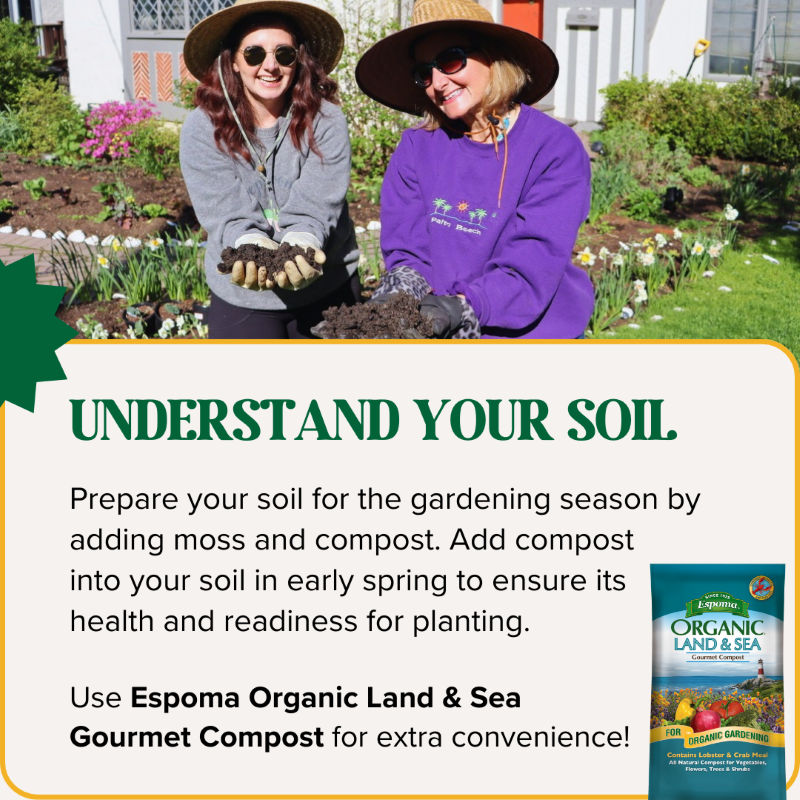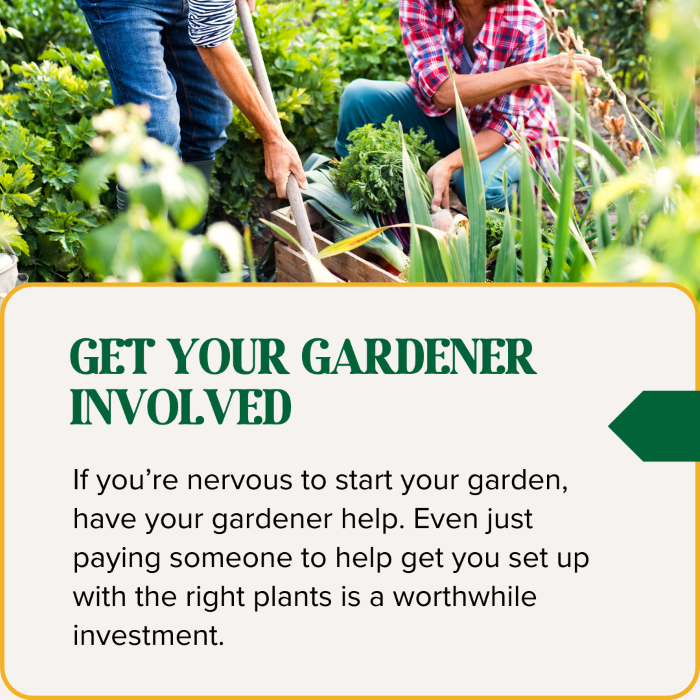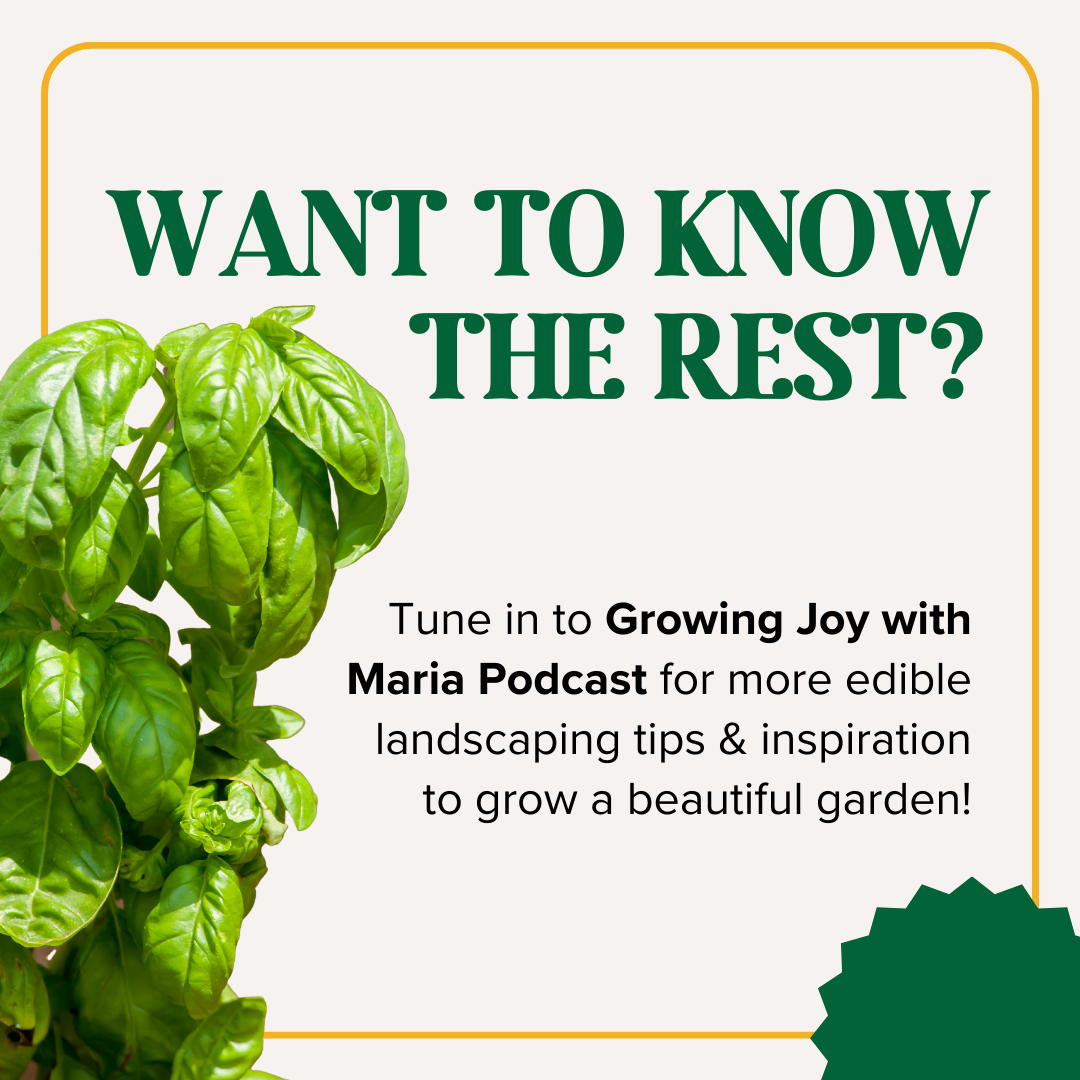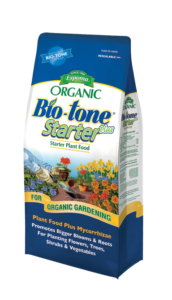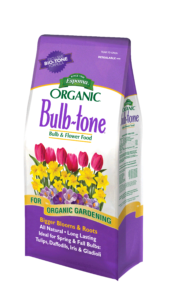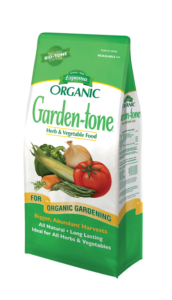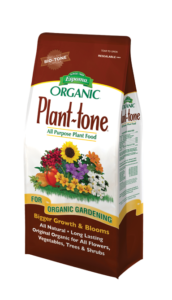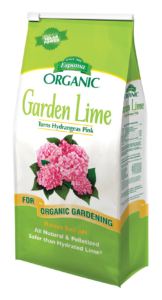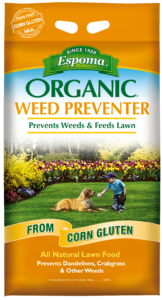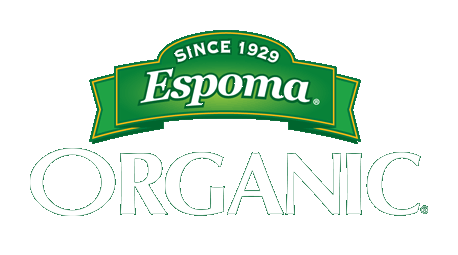Bird Friendly Gardening 🕊️🌸 | Growing Joy with Maria
Bird-Friendly Gardening with Jen McGuinness, Ep 239
Do you love watching hummingbirds, chickadees, or sparrows right outside your window? One of the key benefits of having a garden is the wildlife that comes to visit your beautiful blooms. Our friend Maria Failla of Growing Joy with Maria gardens specifically for her local birds, because they bring her so much joy, and this blog shares everything she’s learned about bird-friendly gardening.
This blog is inspired by Episode 239 of the Growing Joy with Plants Podcast, where Maria sits down with Jen McGuinness, author of Bird-Friendly Gardening, about how we can make our outdoor spaces safe and welcoming for birds.
Why Should We Help Birds in Our Gardens?
Birds can help pollinate plants and eat harmful insects, which can help keep our garden healthy. But they need our help. Since 1970, about 3 billion birds have disappeared in North America because of habitat loss, pollution, and climate change.
But there’s a way you can make a difference right in your backyard.
What Makes a Garden Bird-Friendly?
A lot of people are probably thinking that bird feeders are enough when they want to help birds, but a bird-friendly garden means using your whole garden to support them by offering them food, water, and shelter.
A bird-friendly garden includes:
- Native plants that supply seeds, berries, or attract insects (Hummingbirds especially love nectar from flowers)
- Fresh water sources for drinking and cleaning themselves (and if you have a budget, you can add a solar fountain or mister to your birdbath
- Safe shelter from predators and bad weather
- Places to build nests, like trees, grasses, or birdhouses (thick bushes, trees, and tall native grasses are great)
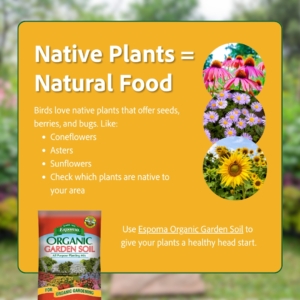
Add Native Plants to Your Garden
Select native plants when building a bird-friendly garden. You can check your USDA growing zone or use the Audubon Native Plant Finder by simply typing in your zip code to get local recommendations. Garden center employees are also a huge resource that you can ask questions to.
Here are some bird-friendly flowers:
- Coneflowers and asters
- Sunflowers
- Blueberry bushes and crab apple trees
- Oak trees (they attract insects that the birds eat)
- Native grasses like Big Bluestem
Using a nutrient-rich soil like Espoma Organic Garden Soil helps these plants grow strong and healthy, which then supports more birds and insects.
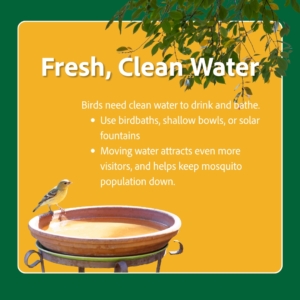
It’s important to maintain your bird feeders
Make sure to keep your bird feeders clean to stop the spread of diseases like House Finch Eye Disease. Utilize squirrel guards to keep them from stealing from your feathered friends. Different feeders attract different types of birds, so ideally, have a seed feeder and a hummingbird feeder to ensure all your local birds are well fed.
Note: Maria and Jen love monitoring birds using electronic bird feeders with cameras in them, which use AI to identify the birds that come to visit.
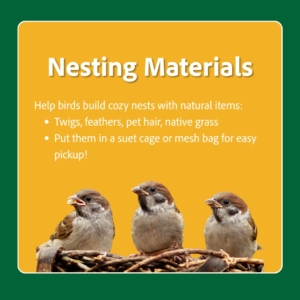
Don’t forget nesting areas
To help birds build nests, try leaving out:
- Twigs
- Pet hair (like chicken feathers or alpaca furs)
- Feathers
- Native grasses
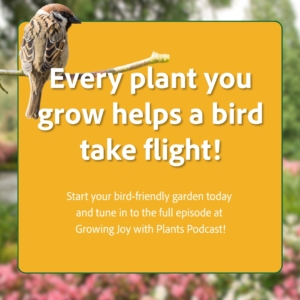
Start Small
You don’t need a huge property to create a bird-friendly garden. If you have a small space, you can plant native flowers in containers or hanging baskets. A beautiful hanging basket of fuchsia will keep your hummingbirds happy all summer long!
To keep your plants blooming and productive, feed them during the growing season with a gentle organic fertilizer like Espoma Flower-tone or Berry-tone, depending on what you’re growing.
Birds Bring Joy
Watching birds fly, sing, and raise their babies reminds us that our gardens are part of a whole ecosystem where every creature matters. And when we help birds, we help the Earth. Bird care is ecosystem care.
*****
Learn more about Growing Joy with Maria:
🪴🌿 Website
🪴🌿 YouTube
Featured Products:

